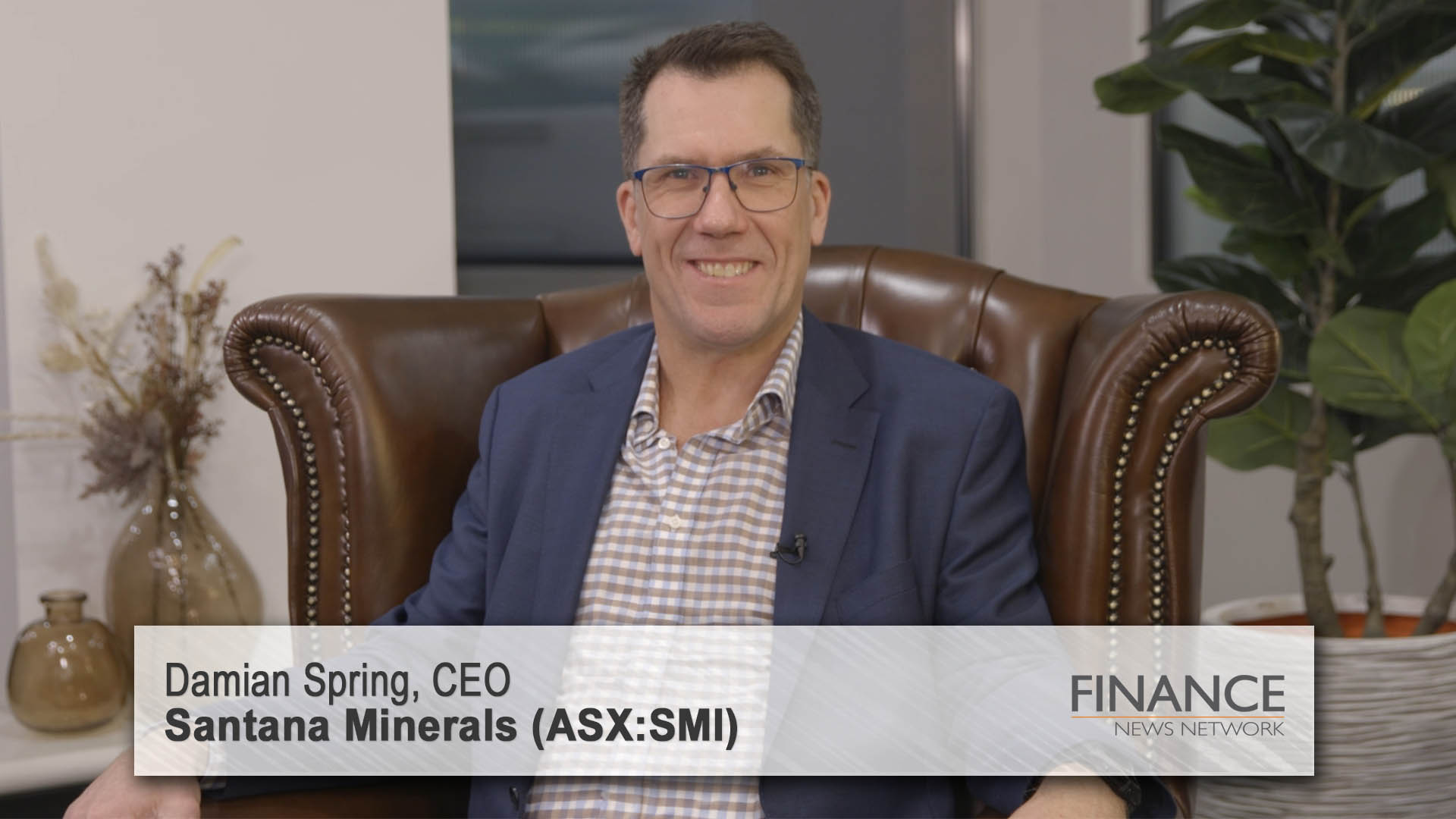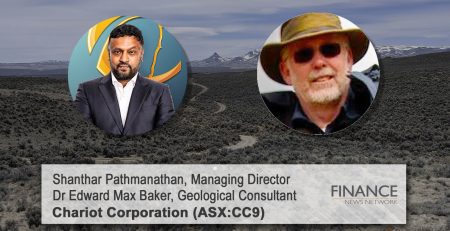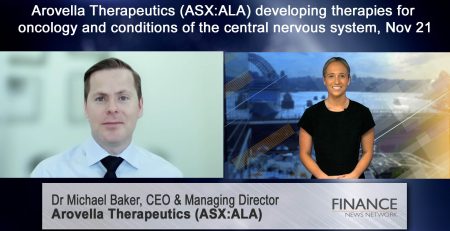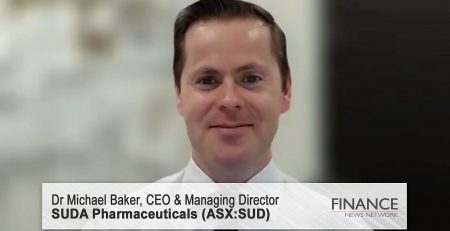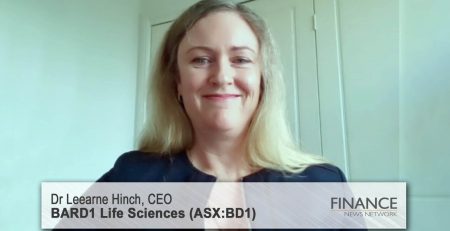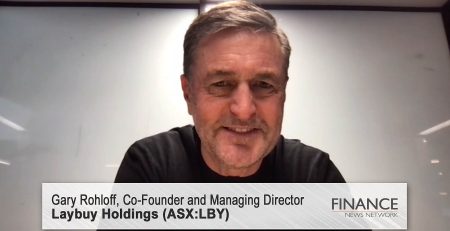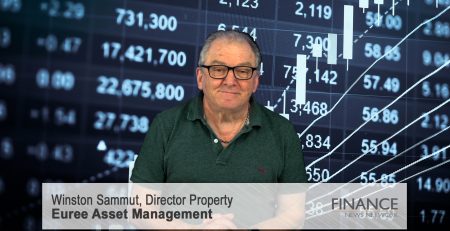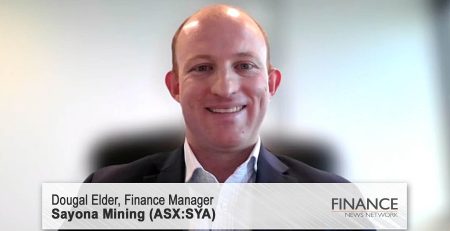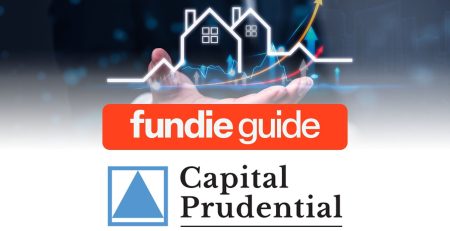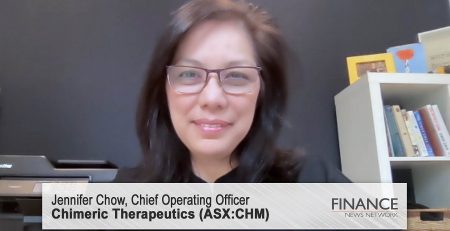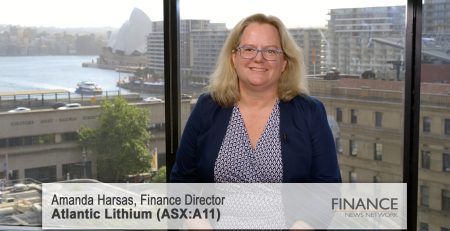Golden opportunities: Developing the Bendigo-Ophir project in New Zealand
Santana Minerals Limited (ASX:SMI) CEO Damian Spring provides an update on the company's progress, discussing an increase in indicated resource at the RAS deposit, expected completion of the prefeasibility study, stakeholder engagement, and the possible impact of the Fast-Track Approvals Bill.
Paul Sanger: I'm Paul Sanger for the Finance News Network, and today I'm talking to Santana Minerals (ASX:SMI). Santana Minerals, trading under the ASX code "SMI", with a market capitalisation of $212m, is a precious metal explorer focusing on the Bendigo-Ophir Project in New Zealand. Their vision is to develop the Bendigo-Ophir Project into a world-class, long-life, environmentally responsible mining project that will bring generational employment and prosperity to the Bendigo region. Joining me today is Santana Minerals CEO Damian Spring. Welcome, Damian.
Damian Spring: Thanks, Paul. Thanks for having me.
Paul Sanger: Damian, great to have you in here. And I'd like to kick things off and talk about your Rise and Shine Project in New Zealand, or "RAS" as people will refer it. A mineral resource update and detailed metallurgical test work have recently completed. What's the current status of the RAS deposit?
Damian Spring: Well, the mineral resource estimate update was on the back of 18 holes' results that came out since the last update in February. That enabled us to add an additional 152,000 ounces in our indicated resource, bringing up the total at the RAS deposit to 1.45 million ounces at 2.4 grams per tonne. So, a fantastic result, and sets a very strong base for our PFS, our prefeasibility study, going forward.
In terms of the metallurgy, we've released those results on our variability testing for RAS, and that was on the back of results we published a couple of months ago for our master composite. So, gold recoveries of between 86 and 97, 97.8 per cent. So, fantastic over a range of ten variability composites throughout the deposit in the first five to six years of production. So, a great result and, again, underpins the PFS going forward.
Paul Sanger: And obviously you talked about the PFS, can you give us a bit of an idea of when you expect the PFS to be completed?
Damian Spring: Yeah, well, we're flat out, obviously, completing baseline studies, as well as getting our technical studies well underway with our mining, and metallurgy, and tailings, etc. So that's all in train now, and we're expecting to be able to publish that sometime probably in the December quarter now. There's been a little bit of slippage there by a month or so, as all these parts start interacting and we understand the effects.
Paul Sanger: Pretty common practice. You know, a PFS is a lot of work to be done, and so it's not a surprise that you can incur delays.
Damian Spring: Well, that's right. We're learning stuff as we go. Results come in and we go, "Oh, okay, now we need to modify that" to ensure that we come up with the best result for, ultimately, A, the PFS, but that will also form the basis of our resource consent application for our environmental permits.
Paul Sanger: And moving beyond the PFS, could you provide an update on mine development progress and stakeholder engagement submissions?
Damian Spring: Oh, look, it's a moving feast. I'll start with stakeholder engagement. We started actively engaging, approaching neighbours and community groups and others through the near region only two months ago. We're sort of on an introductory basis as we've… You know, post scoping study, really. We've got something to talk about at that point. That's ongoing, and only going to get more intense, as you'd expect, going forward, particularly as those results from those baseline studies start coming out and we're able to share them and describe the environment that we're proposing to put our mining project into to the local community in particular.
That all combines with our mining studies. I've just said that we really are on track to get that application in by the end of this year. And that application for our resource consents is the key milestone, obviously, as well as the granting of those consents once it's been processed.
Paul Sanger: And the town of Cromwell, which obviously sits very close to the Santana Minerals project, has a huge amount to gain by this project getting up and running. It will bring a lot of business, jobs to the area. Has that been reflected in some of the early engagements that you've had with the locals?
Damian Spring: Oh, absolutely. You know, Cromwell's 15 minutes', 20 minutes' drive from our exploration base. It is a town of 8,000 people. It is an old gold mining town in its own right, but also went through a massive expansion in the '80s when the construction of the hydroelectric dam at Clyde… Produces 440 megawatts, so a very large project in its own right. So it's had those pulses of development over the years, and this is just another one. Certainly it's a hub for the region, and I think not only Cromwell will benefit from our project, but the whole region between Queenstown, Wanaka, and Alexandra, and the central Otago.
Paul Sanger: And going beyond the PFS, when can investors anticipate the completion of the DFS and the final investment decision? How far away do you anticipate that will be?
Damian Spring: Well, I think once the PFS is completed, we'll roll straight into DFS. We expect that to be out early in 2025 next year. And a final investment decision is obviously on the back of that, having finance, and of course our permits, our environmental permits to begin. So, that all takes us back to a subject that I'm sure you're going to ask me about, and that's fast-track approvals bill.
Paul Sanger: We'll come to that in a minute. And away from RAS, can we discuss some of the other gold discoveries in the portfolio? And give us an update on the current status of, I think it's CIT? Shreks and Shreks East?
Damian Spring: Yeah, so CIT, Come in Time, these good old gold rush names. We have two rigs there currently drilling infill, drilling around to expand or essentially convert a significant portion of the inferred to indicated. That's ongoing, and expect to progress well into August at this rate.
Shreks and Shreks East, we've almost completed all the infill drilling there. We've got an RC rig and one diamond rig just finishing up a couple of holes there. So that's all but. So we expect to, between those three deposits, look to run another mineral estimate, resource estimate update soon after the results are in. So sometime in that September quarter we should have that out.
But not only that, we've got metallurgical testing underway. So we've got a master composite from Shreks at our lab that we've engaged in Perth. That testing is underway to confirm what it's like, and how it compares to the RAS, where all the testing has been to date. And we're now assembling variability composites from the same deposit at Shreks and Shreks East to understand what the variability could be. But that's really dependent on some of the results we're waiting for from the infill drilling to determine what those composites are.
Paul Sanger: And when do you anticipate that you'll get those results and release those to the market?
Damian Spring: Yeah, well I think, in terms of drill results, I expect that to be later this month in July for Shreks, Shreks East. And in terms of metallurgical results, the labs are quite busy, so we haven't quite got a good handle on that. But, again, hopefully the September quarter without a doubt, because we need that to be able to include those resources, if they're indicated, in our PFS.
Paul Sanger: Fantastic. And tell me, how does the Santana Minerals Bendigo-Ophir project compare to other deposits in the vicinity? Who are your neighbours?
Damian Spring: Well, we've got OceanaGold's Macraes gold mine, about 90km to the southeast along strike. And that's a regional structure in the Otago Schist. That's been running since 1990. So, a fantastic resource, fantastic deposit. I've worked there a number of times over my career, including as a junior mining engineer. It has produced up well over 5 million ounces. It's very similar geometry, just one of the key differences is it's lower grade, typically been about one gram, and it's also refractory. We have neither of those issues. Obviously 2.5, 2.4 grams as indicated in RAS is pretty good. Fantastic, I'd say. And the metallurgy has been outstanding, as I said, with those variability results.
Paul Sanger: Let's talk about the Fast-track Bill. There's been a lot in their press about it. Can you give us an update on where that Fast-track Bill is, which is under consideration, I believe, from the New Zealand government?
Damian Spring: Yeah, so it's had its first reading, and then progressed into the environment select committee submissions. So, they've concluded, hearing all those submissions. They had over 22,000, I believe, and they listened to 1100 submissions in person, including ourselves. We both submitted on it and presented on it in support of the Fast-track Approvals Bill. We understand now, with all that volume of feedback, that they've got to collate all that, and write it up, and make recommended changes, which is all a parliamentary process. And that feeds into the second version of the bill at the second reading. And at this stage, we believe it's some time in now the December quarter rather than September itself.
Paul Sanger: And for viewers today, can you just explain what the Fast-track Bill is trying to actually do, and why the Honorable Shane Jones is pushing for this and what could come out of it?
Damian Spring: It is somewhat modelled on a Fast-track Approvals Bill that came out of the COVID-19 recovery under the previous government. But really this bill is to umbrella bill. It covers about six acts at this point in time, so it's a one-stop shop. We would need permits from about four of those six acts in order to progress. So, instead of having to put four applications into four different government departments or regulating authorities, it's one application that goes in, covering all those aspects, so that we can end up with a set of conditions for environmental controls and other matters that covers all those acts, and we're not having any conflicts or inefficiencies in that process.
The bill itself was proposed to make a decision within six months of the application being lodged. So, in terms of efficiency and speed, it is fast track, most definitely. But, at the end of the day, it's still incorporating those acts. So, the environmental controls, for example, under the Resource Management Act, we still have to comply with those, so there's no shortcuts here.
Paul Sanger: And so for New Zealand as a whole, if this bill gets passed through, it can have a significant impact on New Zealand generating new business, new projects, simplifying processes that have been laborious in the past?
Damian Spring: Absolutely, and it's about the economy, right? We're an export-led economy. Post COVID, we're not in a great space. We're marginally on a… staying outside of technical recession, and it's all about export dollars. And, you know, our project, with $4.4 billion of export earnings over 10 years is a great way to help that.
Paul Sanger: So, you've obviously been incredibly busy, got a lot of work on your hands. And maybe for the viewers today, what sort of news flow should investors expect over the coming while? Maybe just give us a summary of what we've probably already discussed already.
Damian Spring: Yeah, well, obviously we've got the drill results coming out of the balance of the Shreks and Shreks East drilling. Come in Time drilling will be coming out soon after that. We have actually just completed an infill program on the high-grade core at Rise and Shine. It'd be interesting to see that, see how the very short space variability plays out, and we're confident that that should be a real cracker when it does come out.
And, beyond that, it'll be the progress of the Fast-track Bill. If we get to a point where we… I think one of the next milestones with that second reading is they'll be publishing the Schedule 2A and 2B. And beyond that we've got our NZX listing coming up later this month on the currently, pending confirmation, the 25th of July.
Paul Sanger: And from what I understand, you're obviously a very hands-on CEO. I believe you live pretty close to the project. So, you are spending a lot of time at the project on a daily, weekly basis. Is that right?
Damian Spring: Oh, absolutely. I'm out there at least once a week, sometimes five times a week. And, look, we do have an office now in Cromwell, so it allows my immediate team to concentrate on their aspects of the project without being out in the field. But our exploration teams are still, based on that drilling program, still flat out. And of course our baseline studies are ongoing. So, yeah, there's lots going on. And it's great being there, and being part of the community, and engaging directly with all sorts within that community about… in terms of their views on our project. So, I'm glad to be there. I'm glad to be part of it.
Paul Sanger: Damian Spring, it's been an absolute pleasure. Thank you for your time today.
Damian Spring: Thank you, Paul.
Ends
Copyright 2024 – Finance News Network
Source: Finance News Network

